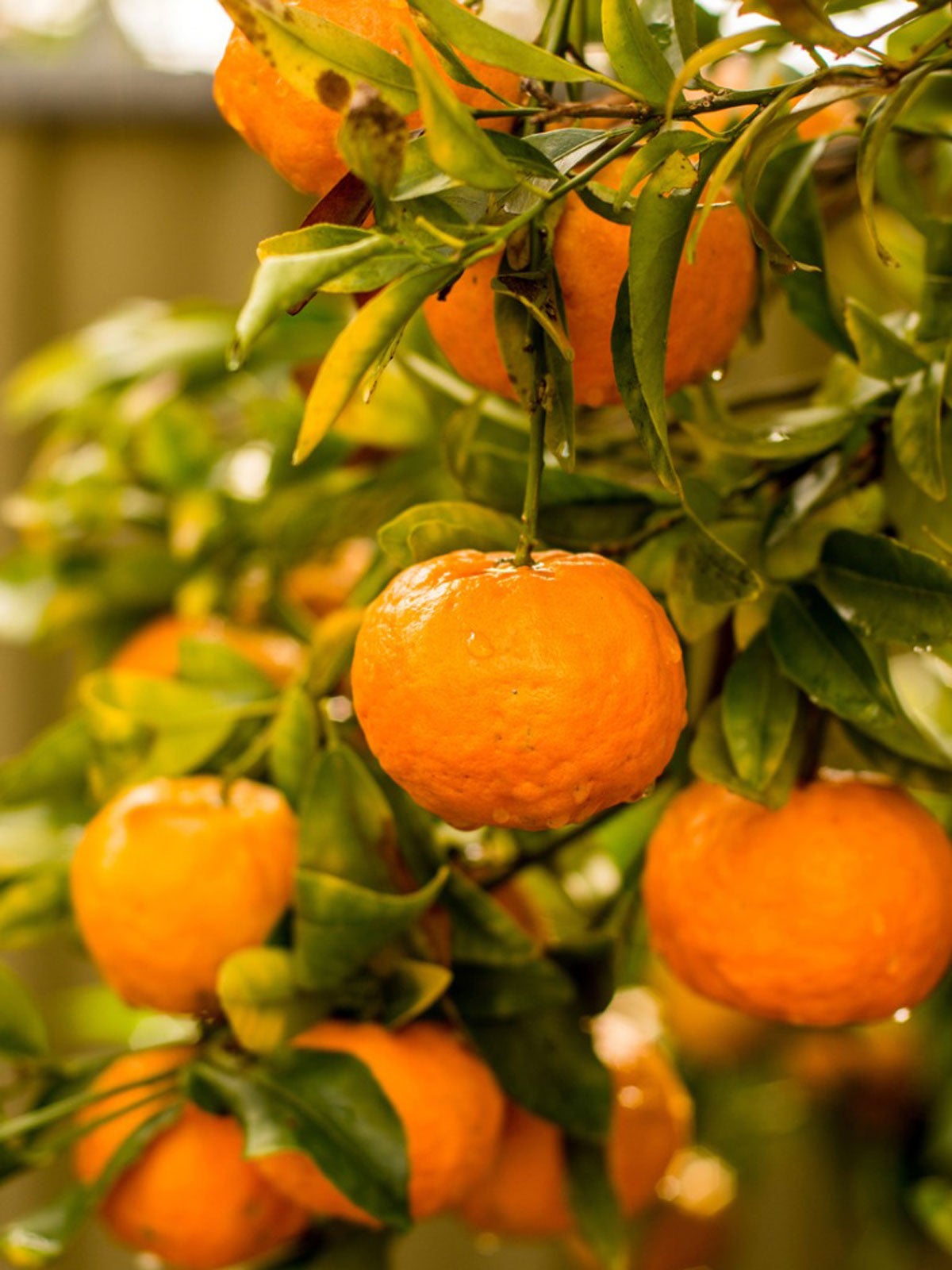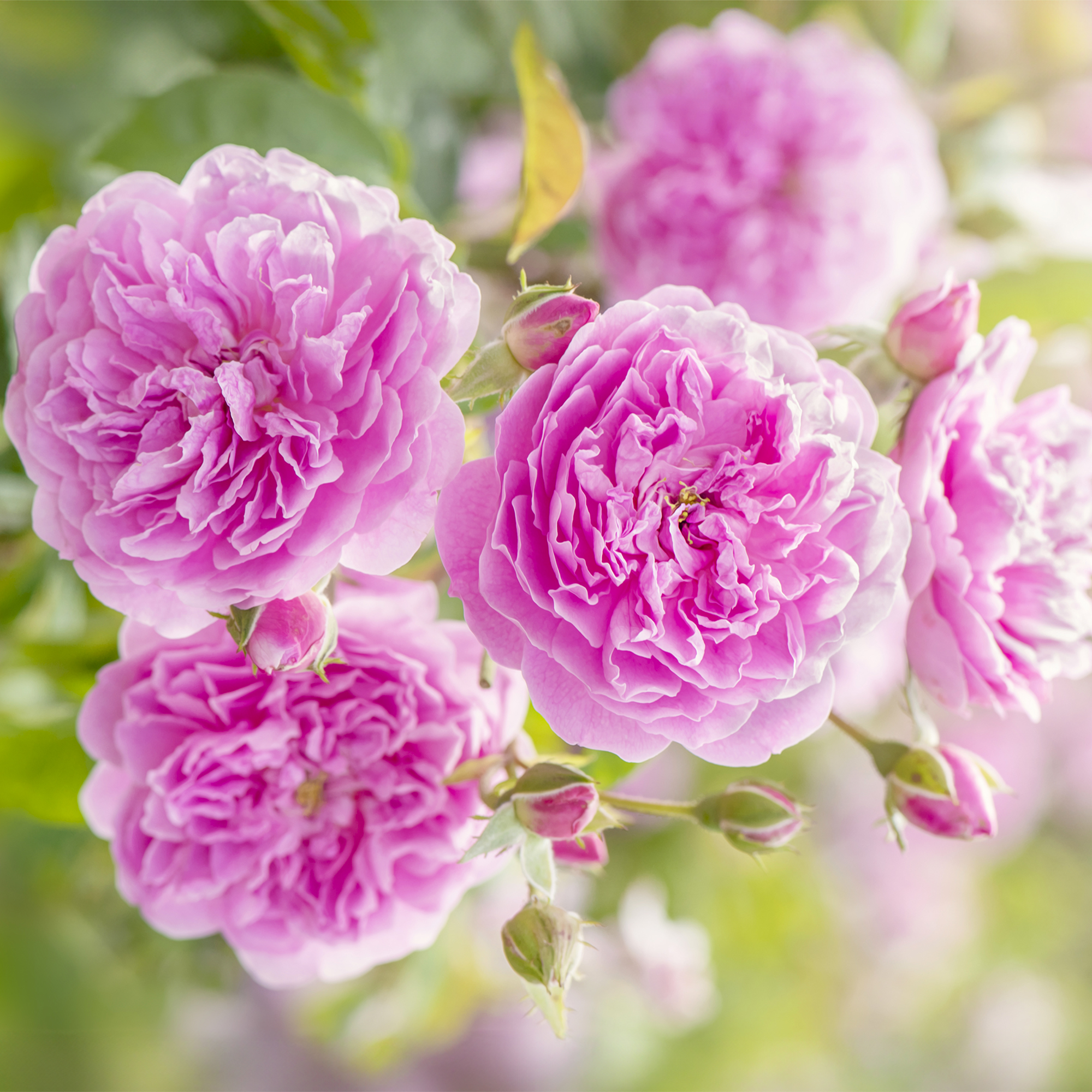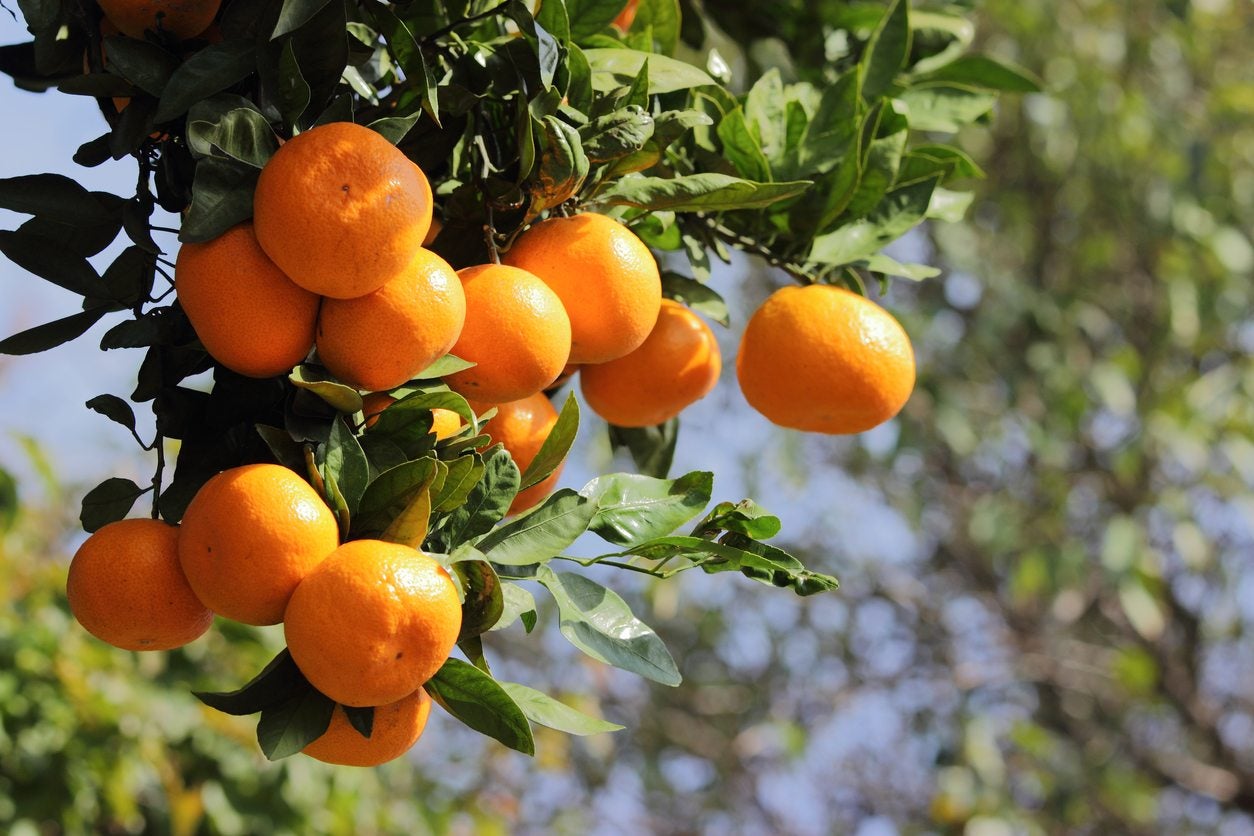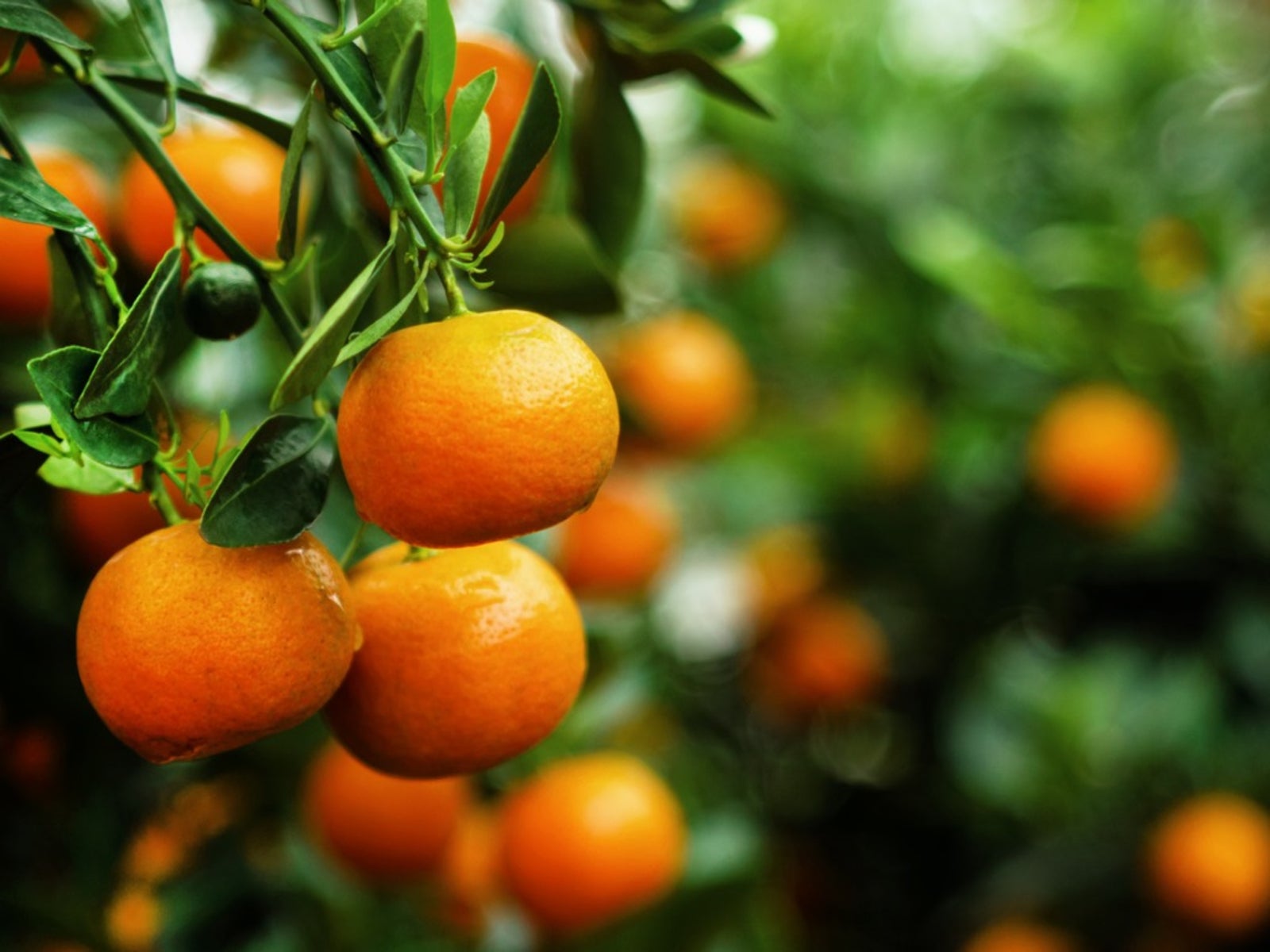Mandarin Orange Tree Care: Planting A Mandarin Orange Tree

If you celebrate the Christmas holiday, you may have found a small, orange fruit in the toe of your stocking left there by Santa Claus. Otherwise, you may be familiar with this citrus culturally or simply because you were attracted to the trade name 'Cutie' at the supermarket. What are we talking about? Mandarin oranges. So what are mandarin oranges and what is the difference between Clementines and mandarin oranges?
What are Mandarin Oranges?
Also referred to as “kid-glove” oranges, mandarin orange info tells us that the scientific name is Citrus reticulata and they are members of a distinct species with thin, loose peels. They can be the same size as a sweet orange or much smaller dependent upon the variety and hang from a thorned tree attaining heights of up to 25 feet (7.5 m.). The fruit looks sort of like a small, slightly squashed orange with a vibrant, orange to red-orange peel enclosing the sectioned, juicy fruit. Popular in the Philippines, throughout Central and South America, and commonly grown in Japan, southern China, India, and the East Indies, the name “tangerine” may apply to the entire group of Citrus reticulata; however this is usually in reference to those with red-orange skin. Mandarins include cultivars Clementine, Satsuma, and other cultivars. 'Cuties' are Clementine mandarins marketed prior to Christmas and W. Murcotts and Tango mandarins after. The terms “tangerines” and “mandarins” are used almost interchangeably, but the tangerines refer to red-orange mandarins shipped out of Tangiers, Morocco to Florida in the late 1800's. Additionally, growing mandarin oranges consist of three types: mandarin, citron, and pummel. And what we often categorize as mandarins are actually ancient hybrids (sweet oranges, sour oranges, and grapefruits).
Planting a Mandarin Orange Tree
Mandarin oranges are native to the Philippines and southeastern Asia and have gradually developed for commercial cultivation through Alabama, Florida, and Mississippi with some lesser groves in Texas, Georgia, and California. While the fruit of the mandarin is tender and easily damaged in transit and susceptible to cold, the tree is more tolerant of drought and cold temps than the sweet orange. Suitable in USDA zones 9-11, mandarins can be grown either from seed or purchased rootstock. Seeds should be started indoors and transplanted once germinated. They can be grown into a small tree either in another pot or directly in the garden in the hardiness zones above. Make sure when planting a mandarin orange tree that you choose a site with full sun exposure. If using a container, it should be three times bigger than the seedling's root ball. Fill the pot with well-draining potting mix amended with compost or cow manure, or if planting a mandarin orange tree in the garden, amend the soil as above with one 20-pound (9 kg.) bag of organic material to each foot (30.5 cm.) of soil. Drainage is key since mandarins do not like to get their “feet” wet.
Mandarin Orange Tree Care
For mandarin orange tree care, water the little tree regularly, once or twice a week in drier climates. For container mandarins, water until the water runs through the drainage holes in the bottom of the pot. Keep in mind, the mandarin will tolerate drought over inundation. Fertilize the tree with citrus fertilizer around the drip line in early spring, summer, or fall according to the manufacturer's instructions. Keep the area at least three feet (91 cm.) around the tree weed and grass free and devoid of mulch. Only prune your mandarin to remove dead or diseased limbs. Trim back frost-damaged branches in the spring, cutting just above the live growth. Protect the mandarin tree from frost by covering it with a blanket, hanging lights off the limbs, or bringing it inside if container bound.
Gardening tips, videos, info and more delivered right to your inbox!
Sign up for the Gardening Know How newsletter today and receive a free copy of our e-book "How to Grow Delicious Tomatoes".

Amy Grant has been gardening for 30 years and writing for 15. A professional chef and caterer, Amy's area of expertise is culinary gardening.
-
 What’s Wrong With Your Azaleas? Identify, Tackle And Prevent 6 Common Azalea Pests
What’s Wrong With Your Azaleas? Identify, Tackle And Prevent 6 Common Azalea PestsIf you’ve spotted signs of azalea leaf damage, don’t panic – here’s how to identify the most common azalea pests so you can take action swiftly and keep plants healthy
-
 How Much Sun Do Roses Need To Grow? Understanding Rose Light Requirements
How Much Sun Do Roses Need To Grow? Understanding Rose Light RequirementsDiscover how much sunlight your roses really need to grow strong, bloom beautifully, and stay healthy all season long.
-
 Tangerine Harvest Time: When Are Tangerines Ready To Pick
Tangerine Harvest Time: When Are Tangerines Ready To PickPeople who love oranges but don't live in a warm enough region to have their own grove often opt to grow tangerines. The question is, when are tangerines ready to pick? Click here to find out when to harvest tangerines in the home garden.
-
 Tangerine Tree Care - How To Grow Tangerines
Tangerine Tree Care - How To Grow TangerinesTangerine trees are a type of mandarin orange. This article is for those gardeners with an interest in how to grow tangerines or how to care for a tangerine tree you may already have.